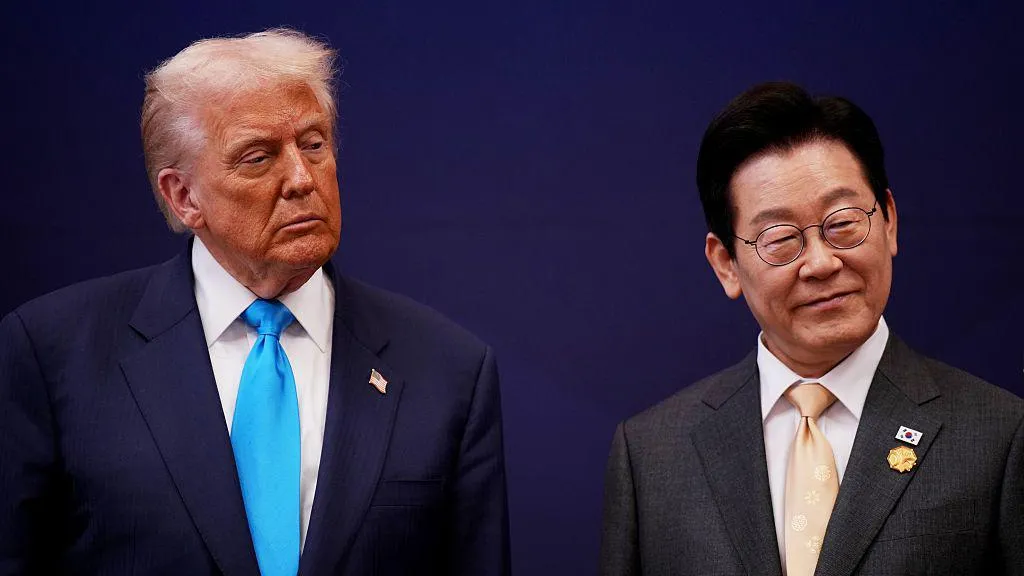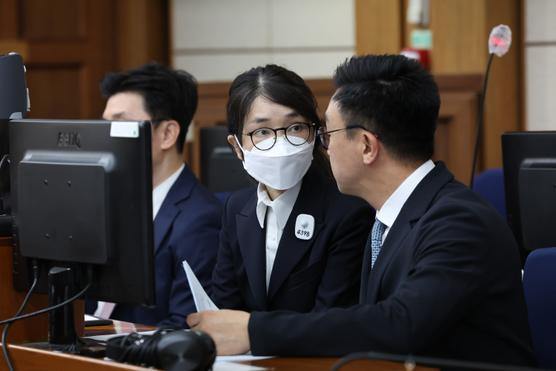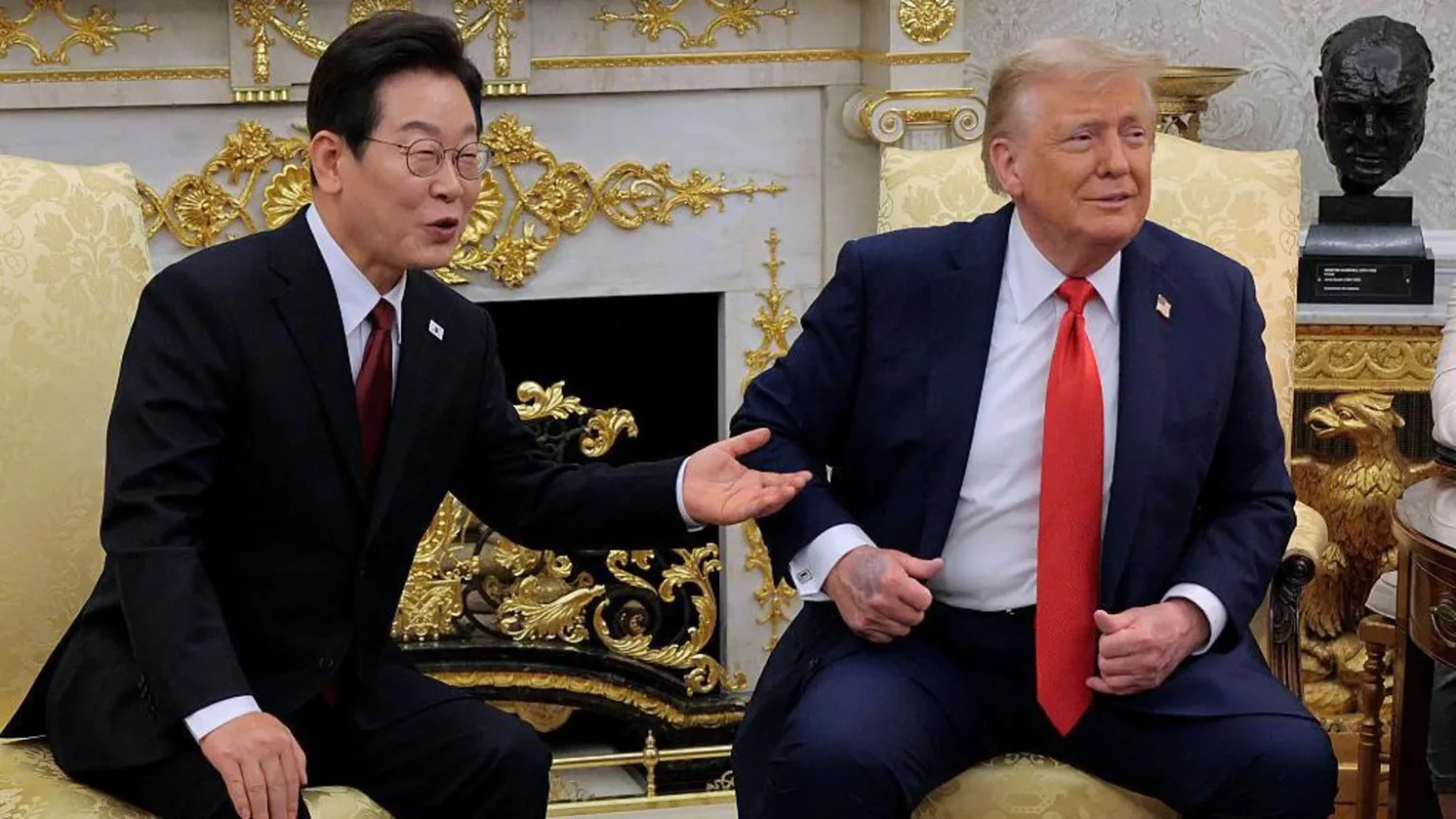
This article is more than
9 year oldMystery numbers in North Korea broadcasts carry Cold War echoes
A copy of those comments provided by the ministry included phrases such as “No. 35 on Page 459” and “No. 55 on Page 913.”
During the Cold War, Pyongyang sent such numbers via short-wave radio to give missions to agents dispatched to South Korea, according to captured North Korean spies.
It later reportedly stopped such broadcasts once it could communicate with its spies overseas via the internet, and as animosities with South Korea eased following a historic inter-Korean summit meeting in 2000.
Relations have deteriorated greatly since then as North Korea has pursued the development of nuclear weapons despite international sanctions.
The announcer in the North Korean broadcasts described the numbers as “review assignments in physics (under the curriculum of) the remote educational university for the geological expedition members across the country” or “practice assignments in mathematic lessons (under the curriculum) of the remote educational university for expedition members of team No. 27.”
Neither the Unification Ministry nor the NIS elaborated on whether South Korea believes the North’s recent broadcasts were meant to send information to agents in the field.
Some experts in Seoul view the messages as a North Korean attempt to wage psychological warfare.
Yoo Dongryul, head of the Seoul-based Korea Institute of Liberal Democracy, said the North may be trying to deceive South Korean intelligence officials into believing it’s moving to increase its espionage operations.

He said it was unlikely the North would rely on old-fashioned “number stations” broadcasts, whose hard-to-reset coding patterns had already been exposed to South Korean intelligence officers.
He said North Korea currently used a more sophisticated espionage communication method known as steganography, in which secret messages are hidden within audio and video files.
For decades after the end of the 1950-53 Korean War, the rival Koreas sent agents across their heavily fortified border to infiltrate to each other’s territory.
But in recent years, both sides are believed to be focusing on less risky intelligence-gathering activities, such as information from the internet and satellite photos.
Seoul accuses Pyongyang of sending spies disguised as ordinary refugees seeking to resettle in South Korea or nurturing pro-North figures in the South.
News of the North Korean broadcast came as North Korea is angrily reacting to the planned deployment of an advanced US missile defence system in South Korea. On Tuesday, North Korea fired three ballistic missiles into the sea, according to Seoul defence officials.




